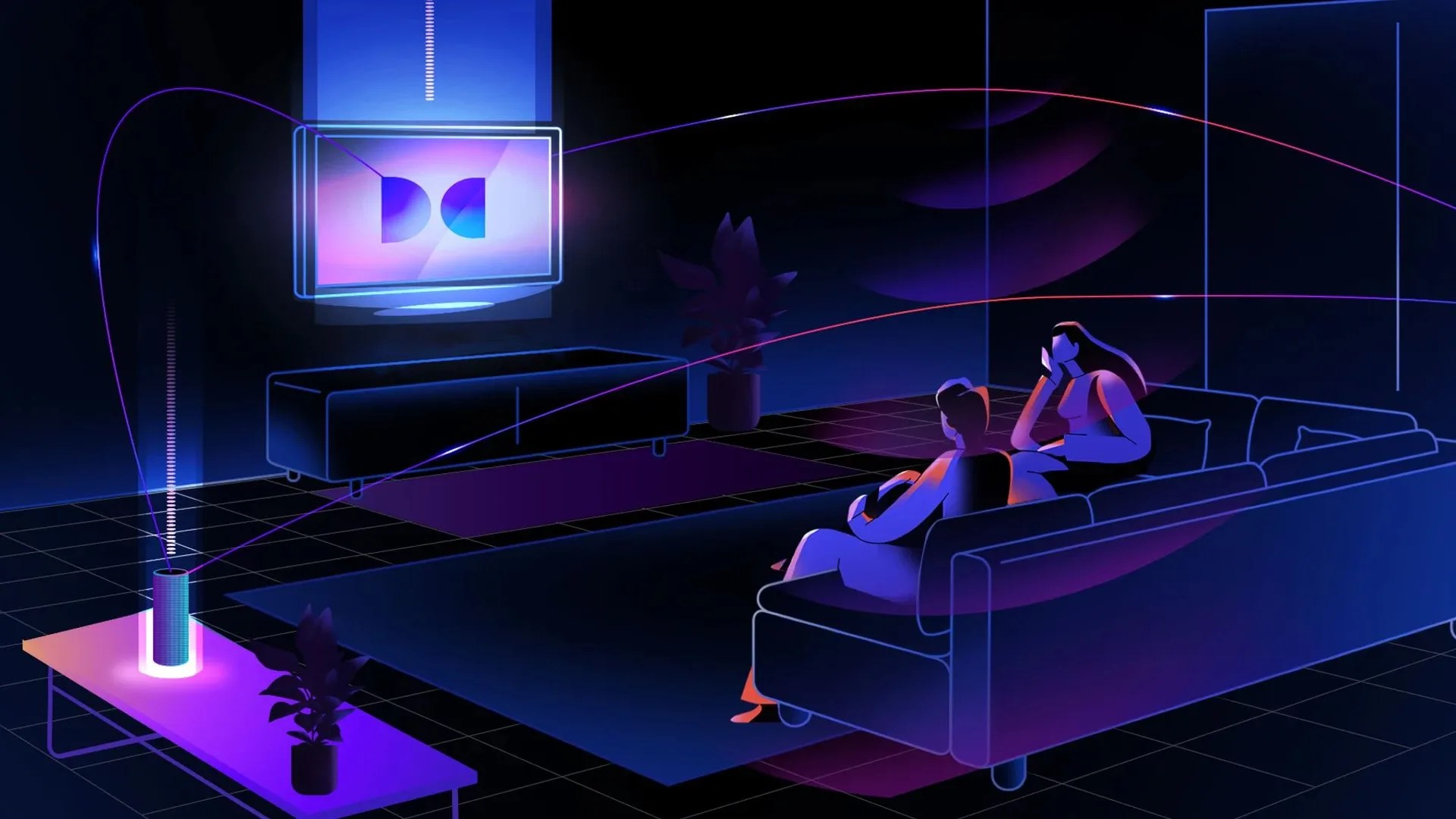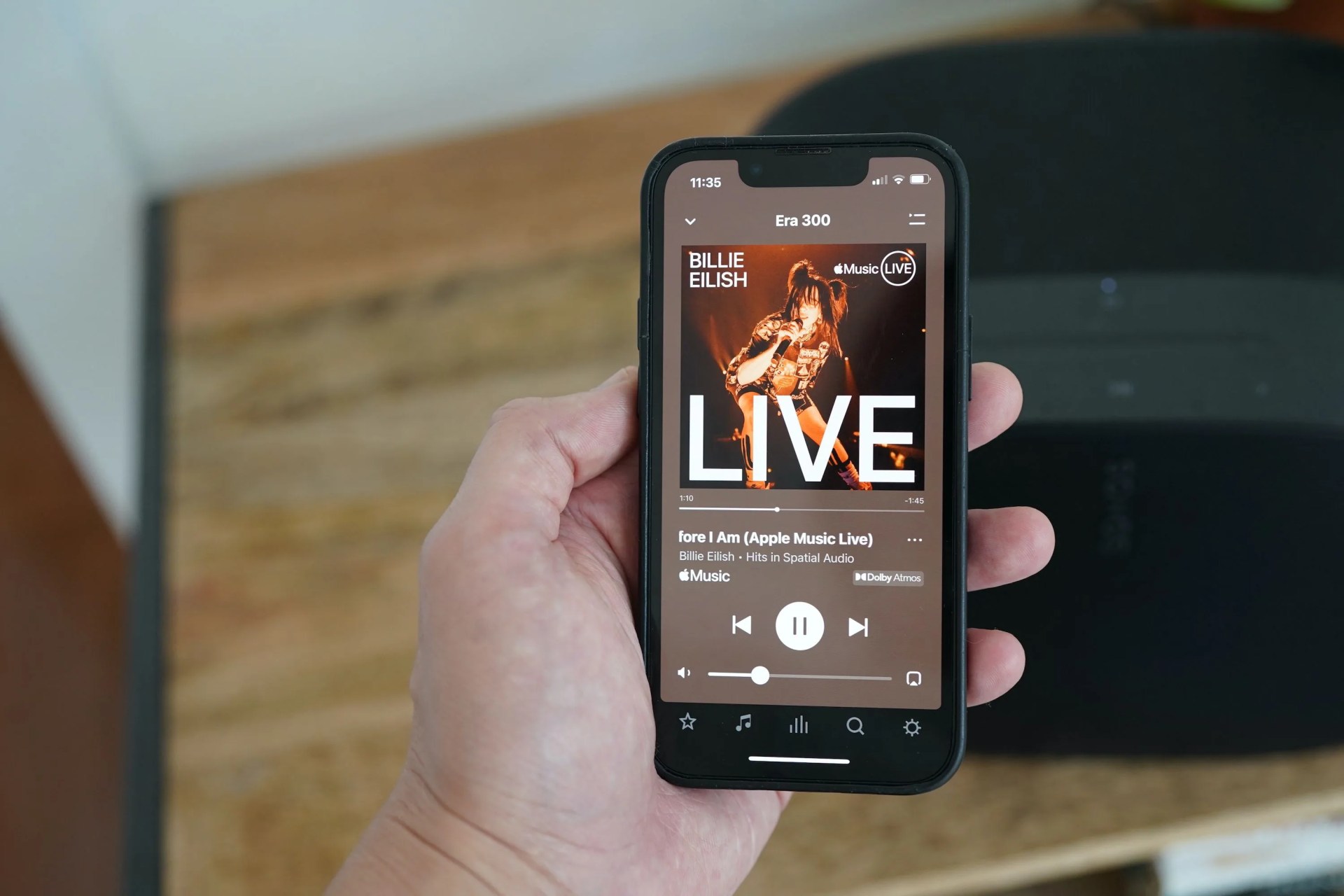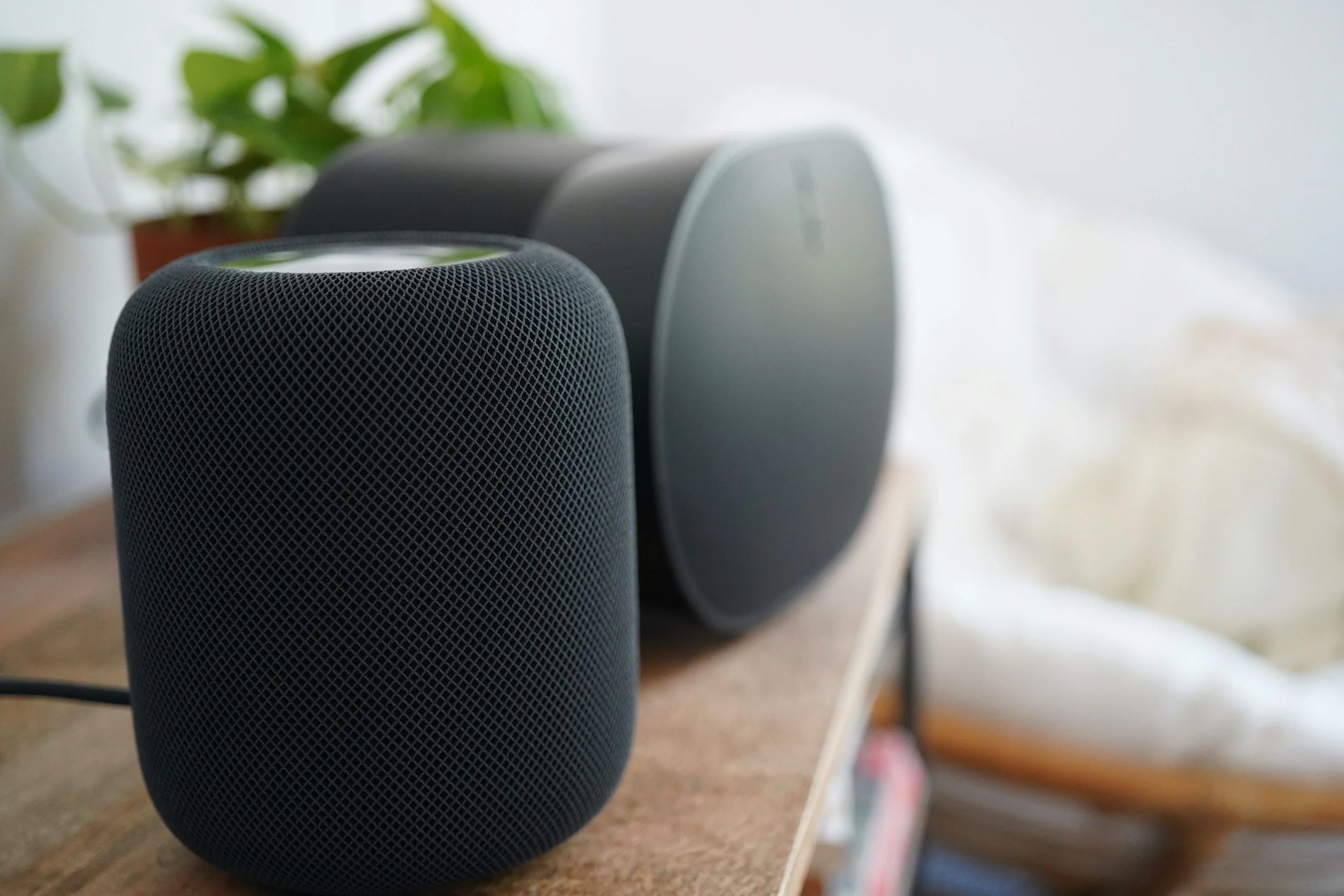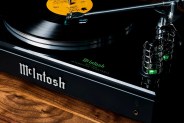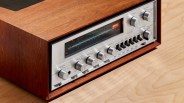Dolby Atmos is one of the most sought-after features home audio. The immersive audio technology enables a speaker system to create virtual height and side channels, which trick your ears into thinking that sound is coming from all around you, instead of just right in front of you. Essentially, Dolby Atmos makes it sound like you’re in a movie, not staring at one.
However, Dolby makes a lot of digital technologies and that has the potential to confuse people shopping for a soundbar or home-theater solution. For example, Dolby Audio, which you’ll often see on boxes and product pages, is not Dolby Atmos. Not even close. So what is the key difference and why does it matter?
What is Dolby Audio?
Dolby Audio is a 2D audio technology that makes subtle enhancements to whatever you’re watching — be it a sporting event, streamed movie or even a DVD or Blu-ray — so that it sounds generally better. It automatically adds detail so that you can better hear dialogue, for example.
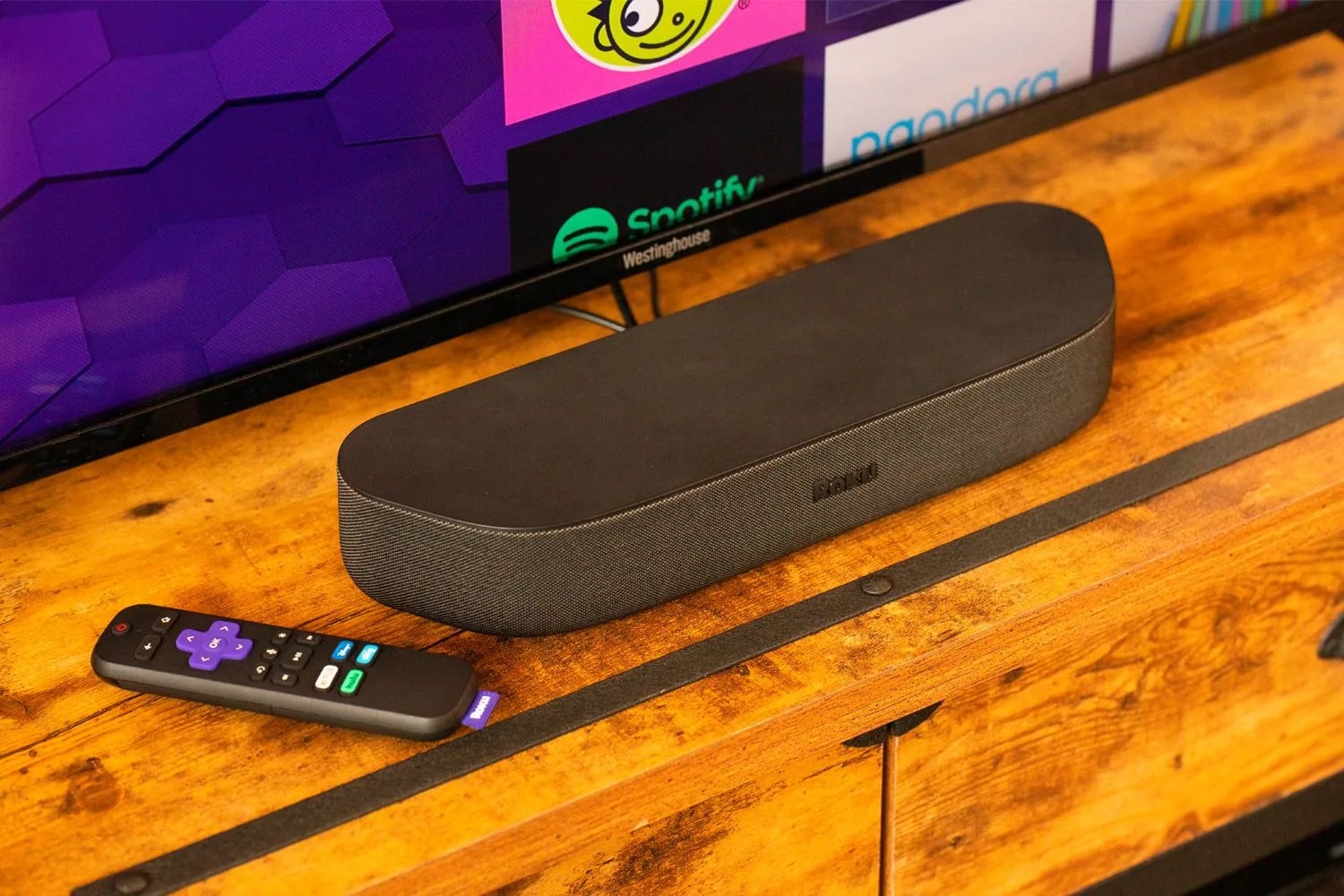
Dolby Audio also adjusts the volume so when there’s a quick cut scene or you’re even switching between channels, you’re not going from extreme highs to extreme lows (or vice versa).
